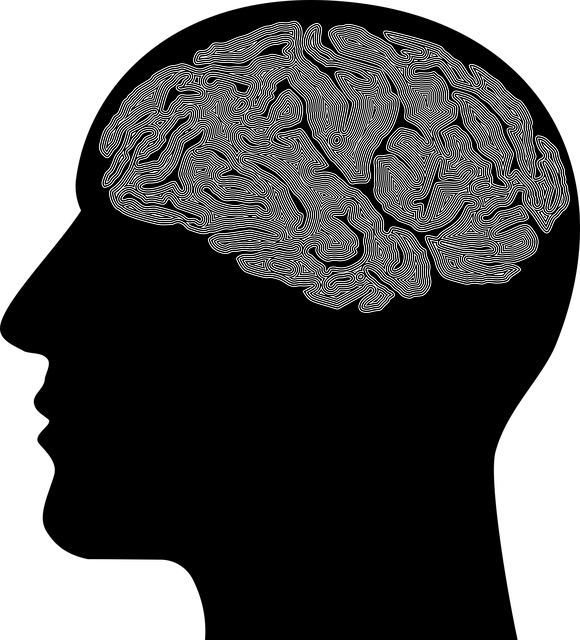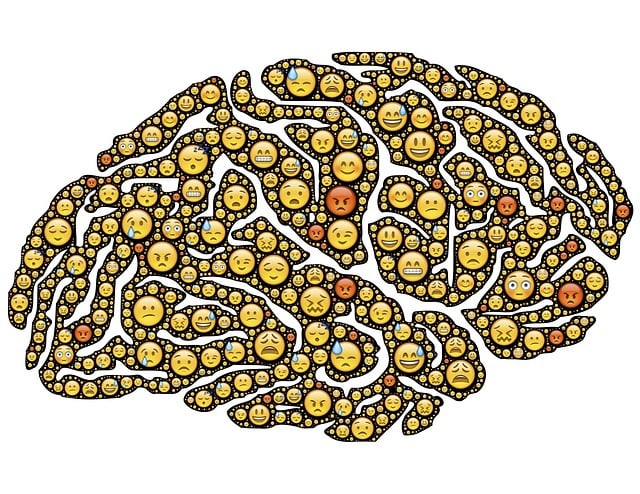Children with chronic pain often struggle with mood management due to persistent discomfort. Mindfulness meditation and mental wellness journaling have proven effective in enhancing self-awareness, emotional control, and coping mechanisms. Cognitive-Behavioral Therapy (CBT) is an evidence-based approach that identifies and changes negative thought patterns, reducing anxiety and improving overall well-being. Alternative methods like journaling and exercise guidance significantly contribute to emotional well-being, complementing traditional therapy. Engaging in joyful activities reduces stress and prevents burnout for healthcare providers while empowering children to actively manage their pain.
In the realm of pediatric healthcare, managing chronic pain goes beyond physical treatment; it involves meticulous mood regulation strategies. This article explores effective methods to help children cope with persistent pain, focusing on Cognitive-Behavioral Therapy (CBT) as a powerful tool. We delve into alternative approaches that enhance emotional well-being, offering valuable insights for parents and caregivers navigating this challenging landscape. Discover how these strategies can revolutionize the care experience for kids suffering from chronic pain.
- Understanding Mood Regulation in Children with Chronic Pain
- Cognitive-Behavioral Therapy (CBT): A Powerful Tool for Mood Management
- Alternative Approaches to Enhance Emotional Well-being
Understanding Mood Regulation in Children with Chronic Pain

Children experiencing chronic pain often struggle with mood regulation due to the ongoing nature of their discomfort and its impact on daily life. Understanding and supporting their emotional well-being is crucial, as it can significantly influence their overall quality of life and coping abilities. Therapy for children with chronic pain should therefore incorporate strategies that foster mental wellness and self-management.
Mindfulness meditation and mental wellness journaling exercises have proven effective in enhancing self-awareness and emotional control. These practices enable children to focus on the present moment, acknowledge their feelings without judgment, and develop healthier ways of responding to physical discomfort and associated emotions. Self-awareness exercises guide them to recognize triggers and patterns in their pain experiences, empowering them with a sense of agency and resilience.
Cognitive-Behavioral Therapy (CBT): A Powerful Tool for Mood Management

Cognitive-Behavioral Therapy (CBT) has emerged as a powerful tool for managing moods and addressing mental health concerns, including anxiety relief in children experiencing chronic pain. This evidence-based approach focuses on identifying and changing negative thought patterns and behaviors that contribute to emotional distress. By teaching individuals to recognize distorted thinking and substitute it with more realistic and balanced perspectives, CBT empowers them to effectively regulate their moods.
For kids dealing with chronic pain, CBT offers a unique opportunity to cope with the psychological impact of their condition. Through engaging activities and tailored strategies, therapy helps children challenge unhelpful beliefs related to their pain, enhancing mental wellness and reducing the stigma associated with mental illness. This process fosters resilience and equips them with valuable skills to navigate life’s challenges, ultimately improving overall well-being.
Alternative Approaches to Enhance Emotional Well-being

In addition to traditional therapy and medication, there are numerous alternative approaches that can significantly enhance emotional well-being, especially for children experiencing chronic pain. One effective method is journaling, which allows individuals to express and process their emotions in a safe space. By documenting thoughts, feelings, and experiences, children and their caregivers gain valuable insights into managing pain and improving mental wellness. This simple yet powerful tool can foster self-awareness and provide an outlet for emotional release.
Exercise guidance plays another vital role in promoting holistic well-being. Regular physical activity releases endorphins, often referred to as “feel-good” hormones, which can reduce stress and improve mood. Tailored exercise routines designed to accommodate chronic pain can enhance a child’s overall quality of life, offering an additional layer of burnout prevention strategies for healthcare providers by empowering children to take an active role in their treatment. Additionally, engaging in activities that bring joy and relaxation, such as art, music, or nature walks, are stress reduction methods that complement traditional therapy, providing a comprehensive approach to managing chronic pain and improving emotional resilience.
In conclusion, managing mood in children with chronic pain is a multifaceted approach. Understanding the intricacies of their condition, combining evidence-based practices like Cognitive-Behavioral Therapy (CBT) for children with chronic pain, and exploring alternative strategies all contribute to enhancing emotional well-being. These integrated methods offer hope and improved quality of life for affected kids. For parents and caregivers, recognizing the value of mood regulation strategies is key in supporting their child’s journey towards better mental health alongside their physical recovery.














